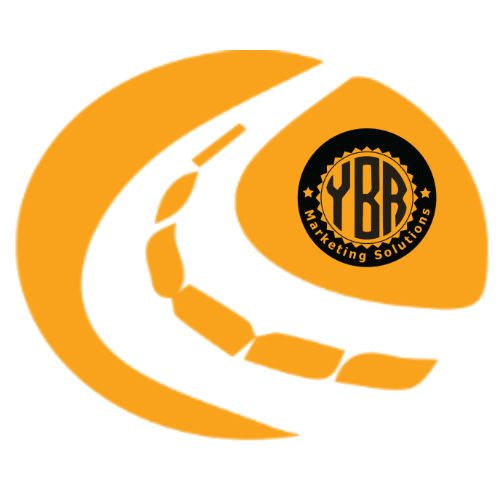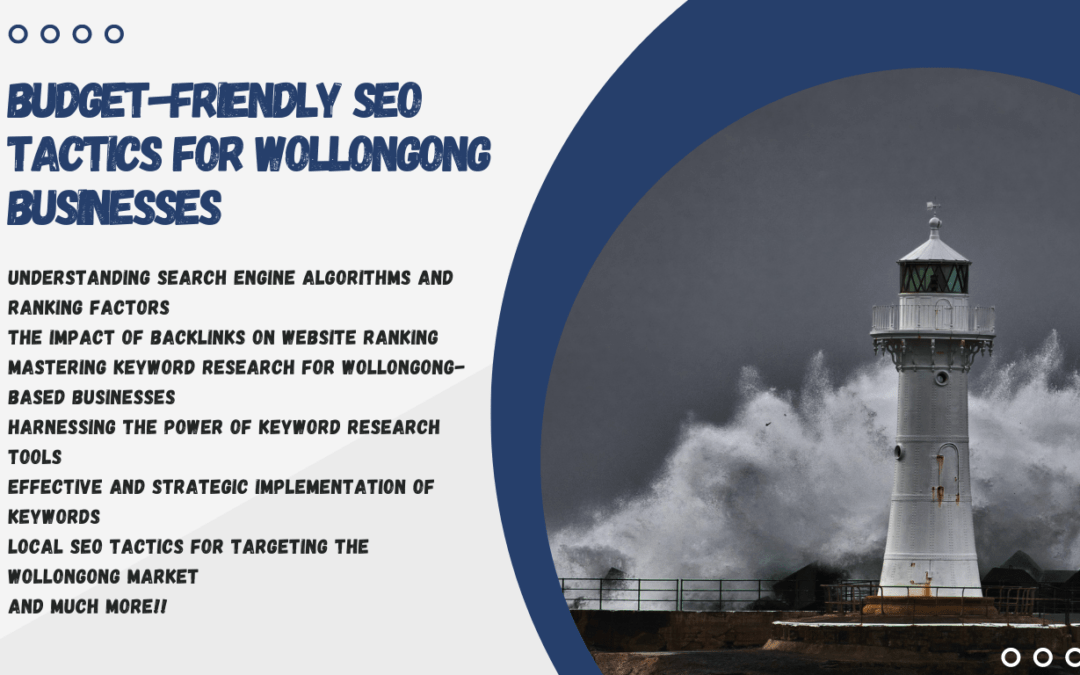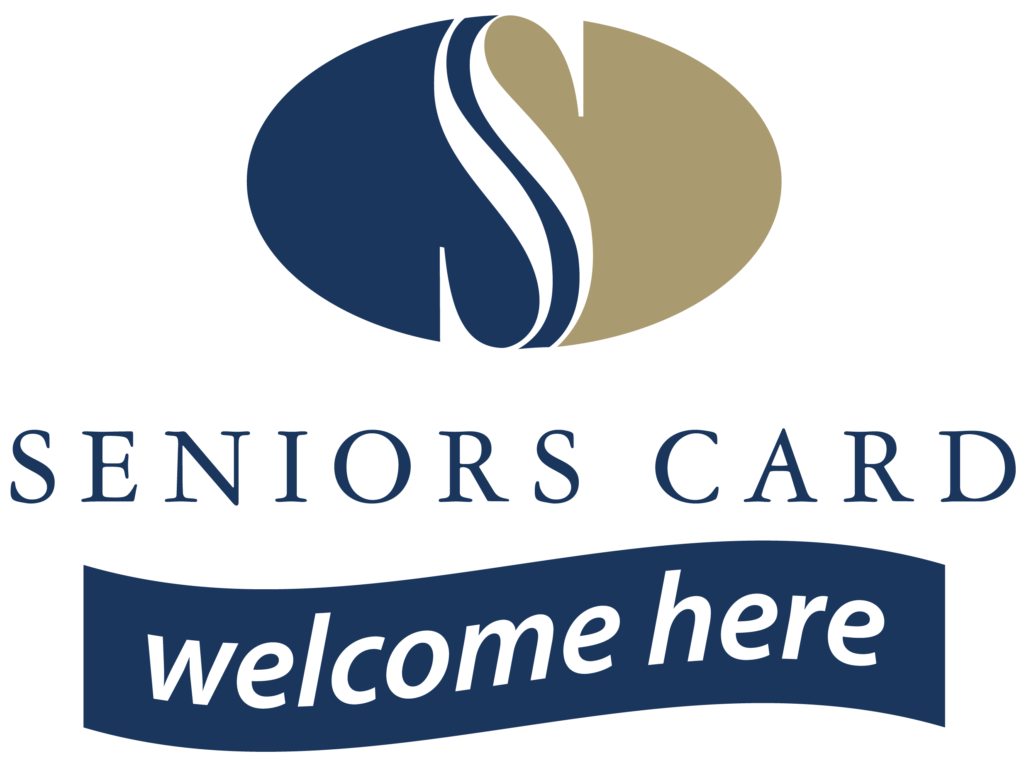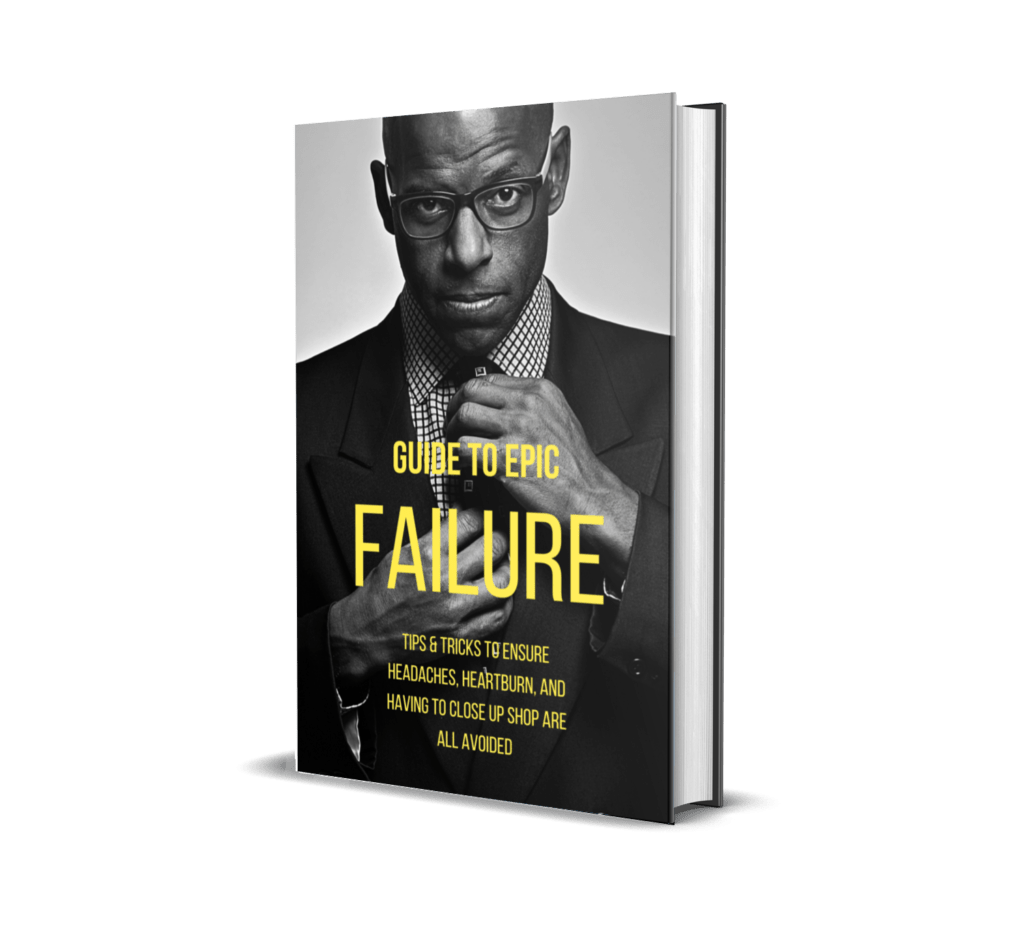“Elevate Your Digital Visibility: Simplified, Affordable SEO Techniques For Your Wollongong Business”
Are you on a quest to elevate your Wollongong business’s online visibility? This article is your answer! Presenting foolproof SEO strategies—inexpensive and easy to implement—that let your business shine in the digital landscape and grab the attention of potential customers, regardless of your company’s size.
Integrating the accurate keyword choice, refining your website’s layout and generating compelling content, you can amplify search engine ratings and ignite an organic surge of visitors to your site. Count on our experts’ advice to guide you in website optimisation for search engines that ensure your business receives the highlights it deserves.
In the fierce digital marketplace, staying ahead of the competition and employing SEO’s potency is vital for reinforcing your online visibility. The application of these strategies will elevate your website’s visitor count, enrich user experience and ultimately escalate conversion rates.
So, if you’re prepared to skyrocket your digital footprint, get ready to unearth pocket-friendly and straightforward SEO strategies that make your Wollongong business flourish in the digital domain.
Understanding search engine algorithms and ranking factors
To effectively optimise your website for search engines, it’s imperative to grasp the functioning of search engine algorithms and the aspects they evaluate when ranking websites. Search engines, such as Google and Bing, deploy intricate algorithms to assess a website’s relevancy and authority, which directly influences its position in search results.
Digging Deeper: Key Ranking Factors for Local Businesses
Content Relevance
For local businesses, the significance of relevant content on your website reaches beyond comprehension. It acts as a crucial criterion in determining your site’s ranking on search engine result pages (SERPs). This is where masterful execution of keyword research comes into play.
The keyword research strategy for local businesses should revolve around targeting location-specific words and phrases. By incorporating keywords distinctive to your business and its locale, you create a stronger relationship between your website and the search queries specific to the local customers you’re seeking to appeal. For instance, a hair salon in Wollongong might find it useful to include phrases like ‘best hair salon in Wollongong’ or ‘affordable hair cuts in Wollongong.’
Additionally, providing locally relevant information within your content is beneficial. It could be as simple as talking about local events, landmarks, or useful insights about your business area. This not only increases the local relevance of your site but also helps to position your business as an integral part of the community.
Incorporating a blog on your business website can serve as an effective platform for delivering such localised content regularly. Localised landing pages catering to different areas of operation might be beneficial for multi-location businesses. So just to expand on this a bit:
Localised landing pages could be a game-changer for businesses operating in multiple locations. These are webpage that are created specifically to cater to different geographical areas where your business operates. The focus is on serving tailored, relevant information to visitors from specific locations.
Here’s how these localised landing pages work and why they’re so beneficial:
Relevance: By tailoring the content of a webpage to reflect the needs and interests of customers in a particular location, you increase the relevance of that webpage to local search queries. This not only improves your site’s visibility, but also increases the chances of it being discovered by the right audience.
Improving Search Rankings: Localised landing pages are excellent for ranking organically for location-specific keywords. For example, a restaurant chain with outlets in various cities can create separate pages for each city like “Italian restaurant in Fairy Meadow” or “Italian restaurant in Wollongong”.
User Experience: Localised landing pages offer an enhanced user experience by providing information that’s directly relevant to a visitor’s location. This targeted approach can increase visitor engagement and ultimately, conversions.
Business Listings: These pages provide an ideal basis for creating separate “Google My Business” listings or as it’s now known “Google Business Profile” for each operating location, thus increasing your online visibility and local search rankings.
Localised Marketing: Localised landing pages are a great way to highlight specific offers, promotions, or events that are exclusive to certain locations, making your marketing efforts more effective.
Remember, each localised landing page should include key on-page SEO elements like meta descriptions, title tags, schema markup, and of course, relevant, keyword-rich content customised to that location. Authentic testimonials from customers in each area can also be added to convey the local presence and improve trust among prospective customers.
By adopting this strategic approach, multi-location businesses can successfully localise their SEO efforts, drive more organic traffic, and attract a higher number of potential customers from various locations.
By concentrating on relevance—providing local-focused, keyword-rich content—you position your site favorably on SERPs (Search Engine Results Page). In turn, this drastically increases the probability of a local consumer finding (and visiting) your business in the physical world.
Comprehensive Insight: The Impact of Backlinks on Website Ranking
Backlinks and Their Significance
Backlinks, also known as inbound or incoming links, are links from one website to a page on another site. They have a significant impact on a website’s visibility in search engine results, acting as trust signals that your website is a reliable node in the world wide web.
Both the volume and quality of backlinks directed to your site act as testimonials of its credibility. However, not all backlinks are created equal; search engines like Google put a premium on high-quality backlinks from trustworthy sources.
Here’s a deeper understanding of the two aspects:
- Quality of Backlinks: High-quality backlinks come from websites that are authoritative, relevant to your business niche, and trustworthy. Websites with a high domain authority, what is a DA I hear you say? “A Domain Authority (DA) is a search engine ranking score developed by Moz that predicts how likely a website is to rank in search engine result pages (SERPs). Domain Authority scores range from one to 100, with higher scores corresponding to greater likelihood of ranking”, provide more potent backlinks compared to those with low domain authority. Backlinks from topically related websites reinforce the relevance of your content in the context of the user’s search query.
- Quantity of Backlinks: An abundant number of backlinks signifies wide recognition across the internet, but it’s always important to remember that quality trumps quantity. Building a robust backlink portfolio from an array of reputable sources enhances your website’s authority, resulting in higher SERP rankings.
How to Achieve Quality Backlinks
While achieving quality backlinks should be a fundamental part of your SEO strategy, it’s no overnight task. It involves techniques like:
- Creating High-Quality Content: By producing content that offers value and originality, you naturally encourage other websites to link back to your resource.
- Guest Posting: Writing guest articles for reputable blogs or websites in your niche offers an opportunity to include backlinks to your site.
- Building Relationships: Connect with influencers or authoritative voices in your field and foster relationships. They could potentially share your content, further providing powerful backlinks.
- Submitting to Directories: Listing your business on credible directories or review sites usually provides a backlink, plus a chance to interact with potential clients.
Making the most of backlinks could significantly enhance your website’s ranking on SERPs, standing your business out as an authoritative and trustworthy source in the eyes of search engines, and the users.
Bonus SOPs:
“Reverse Engineer Your Competitor’s Backlink Strategy”
“How To Launch a Link Building Campaign for Your Existing Content”
Importance of Loading Speed in Website Performance
Loading Speed as a Key Performance Indicator
Website loading speed, or page speed, is one of the pivotal performance indicators in the digital landscape. It refers to the amount of time a page takes to fully display the content on a specific page. In an era where instant gratification is expected, slow loading speed can be the thin line between gaining and losing a potential customer.
Websites with quick loading times typically outperform their slower counterparts in term of user engagement, conversion rates, and consequently, search engine rankings. Here’s why:
- User Experience: User experience is a paramount concern for website administrators. A user’s positive experience is often tied to how quickly they can access the desired information without any lag or buffering. Slow page load time can lead to page abandonment, ultimately affecting the bounce rate – Bounce rate refers to the percentage of visitors that leave your website (or “bounce” back to the search results or referring website) after viewing only one page on your site (time, engagement metrics, and ultimately, conversion rates.
- Search Engine Ranking: Google, along with other search engines, takes site speed into consideration when ranking websites. This is because search engines aim to provide the most useful and relevant results for users’ queries, which also means offering results that are easy and fast to access.
- Mobile Optimisation: With the multitude of internet users cruising the web through their mobile devices, Google has instituted mobile-first indexing. This means Google predominantly uses the mobile version of the content for indexing and ranking. Hence, ensuring your site loads quickly on mobile devices is critical.
How to Improve Website Loading Speed
Improving your website’s loading speed requires a strategic approach which can typically involve:
- Optimising Images: Large, high-resolution images can significantly slow down your page loading speed. Using tools to compress images, without losing quality, can make a significant impact.
- Leveraging Browser Caching: This involves storing copies of your website’s pages in a user’s browser so that they load quicker on subsequent visits.
- Optimising CSS and Javascript: Minifying CSS, JavaScript, and HTML (The minified file version provides the same functionality while reducing the bandwidth of network requests) by eliminating unnecessary characters, spacing, and indentation can enhance your site speed.
- Using a Content Distribution Network (CDN): CDNs are networks of servers located across the globe designed to deliver web content quickly based on the user’s location. By focusing on boosting the loading speed of your site, you can significantly enhance user experience, search engine ranking, and overall visibility of your site.
User Experience (UX): A Pillar for Search Engine Ranking
Defining User Experience in the Digital Landscape
User Experience (UX), while critical across various industries, holds a special prestige in the digital world. UX in the context of a website or an application refers to the overall experience a user has while interacting with that digital platform. It can be influenced by various factors, including – but not limited to – site navigation, mobile responsiveness, content accessibility, and site speed.
When a website provides a sleek, smooth, and intuitive experience to its users, they tend to stick around, explore, and interact more. This not only leads to higher engagement and conversion rates, but it also sends positive signals to search engines about the quality of your site. Consequently, search engines – like Google – reward sites providing an excellent user experience with improved search engine rankings.
Crucial Components of User Experience
Let’s delve a bit deeper into some pivotal UX components:
- Site Navigation: A clear, intuitive, and consistent navigation structure allows users to effortlessly find the information they’re looking for. This forms the backbone of positive user experience.
- Mobile Responsiveness: As mobile browsing grows increasingly popular, search engines prefer websites that adapt or respond well to different screen sizes. A mobile-responsive site ensures that users on all devices have a seamless experience, reducing the chance of bounce-backs dramatically.
- Content Accessibility: Making your content easily accessible to all users, with different abilities, is an essential aspect of UX. Ensuring your site complies with Web Content Accessibility Guidelines (WCAG) – “Web Content Accessibility Guidelines (WCAG) 2 is developed through the W3C process in cooperation with individuals and organizations around the world, with a goal of providing a single shared standard for web content accessibility that meets the needs of individuals, organizations, and governments internationally”, can be instrumental in enhancing the overall user experience.
- Site Speed: As discussed earlier, the faster a site loads, the better the user experience, leading to enhanced engagement and improved search engine rankings.
Enhancing User Experience
Improving your website’s user experience is a continuous process that involves thoughtful design, regular testing, and tuning based on user feedback and analytics. It helps to adopt a user-centric design, make your site mobile-responsive, organise content logically, make navigation intuitive, and regularly test and refine based on user interactions.
By continuously striving to improve your website’s user experience, you not only make your site more user-friendly and engaging but also improve its search engine ranking potential. Ultimately, a strong focus on user experience can significantly contribute to your website’s success.
Mastering Keyword Research for Wollongong-Based Businesses
Keyword research represents a cornerstone of effective SEO strategy, the process of which hinges crucially on pinpointing search terms and phrases that align with your target audience’s inquiries. For businesses stationed in Wollongong, leveraging keyword research that caters specifically to the local market would prove advantageous.
Nurturing a Wealth of Keyword Ideas
The genesis of any successful keyword research process begins with the cultivation of a rich assortment of potential keyword ideas that relate closely to your business, its service offerings, and its geographical location.
Understanding Your Business
Start by taking into account your business and what it represents. What products or services are you offering? In which ways would customers describe your business? What problems are you solving for your customers? Acknowledging these aspects can provide you with a good foundation for brainstorming relevant keywords.
Consider a Business Scenario
For illustrative purposes, imagine you run a restaurant business in Wollongong. The types of food you offer, the dining experience you provide and your location are all crucial aspects to highlight. In this context, you could brainstorm keywords that encapsulate different aspects of your business. Terms such as “Wollongong restaurants”, “top eateries in Wollongong” and “Wollongong dining guide” lie at the core of your business and would likely align with the queries made by your target audience.
Delving Deep into Diverse Areas
Don’t confine yourself to immediate and predictable ideas. Try to explore diverse areas that might touch upon your business indirectly. Questions like, “What is the culinary culture in Wollongong like?” or “What ingredients are local and popular in Wollongong?” can lead to keywords that are interesting yet pertinent.
Leveraging Tools & Competitor Analysis
Make use of keyword research tools – like Google’s “People Also Ask” feature or various keyword planning tools available in the market. These can help generate a vast variety of long-tail keywords (“A long tail keyword is a phrase that is generally made from three to five words. Since these keywords are more specific than generic terms, they allow you to target niche demographics. These keywords are also less competitive than generic keywords because they are designed to better reflect how people make queries”), and questions that people often ask around your targeted keywords.
In parallel, don’t neglect the value of competitor analysis. Explore the keywords your competitors are using and performing well upon, not to merely replicate, but to better understand the landscape, find gaps, and acknowledge where they’re excelling.
Refine Your List
Post brainstorming, ensure you evaluate each keyword for its relevance and appropriateness. The goal is not to create the longest list of keywords but the most effective ones, suited for your specific context.
By incorporating these practices into your keyword idea generation phase, you can create a comprehensive list of relevant keywords that not only align with your business offerings but also resonate with the queries of your target audience.
Bonus SOPs:
“Keyword Research and Mapping”
“Reverse Engineering Your Competitor’s Organic Keyword”
“Organic Keyword Reverse Engineering Template”
Harnessing the Power of Keyword Research Tools
Once you’ve compiled a preliminary list of potential keywords, the next crucial phase is to engage in a deeper analysis of these terms. This can be done effectively utilising a variety of robust keyword research tools like Google Keyword Planner – is a free tool but there’s a catch, you need to have a Google Ads account or SEMrush – doesn’t require starting an account but you should as they have a great free subscription.
SOP: “Creating a Google Ads Account”
Keyword Analysis
These powerful tools offer many features that allow you to scrutinise various attributes of your selected keywords. This includes factors such as search volume, competition level, and relevance to your business.
- Search Volume: It provides information about how often a certain term is searched for. A high search volume indicates that there’s a significant level of interest around that keyword.
- Competition Level: It outlines how many businesses or pages are also trying to rank for that same keyword. If the competition level is too high, it might be challenging for your business to rank for that keyword.
- Keyword Relevance: It helps determine how accurately a keyword matches the content of your website. This assists you in focusing your efforts on the keywords that are most likely to resonate with your target audience.
Striking the Right Balance
Through these insights, the aim is to identify high-value keywords that have a high search volume yet relatively low competition. By discovering and leveraging such keywords, your chances of securing high rankings in the search results are significantly increased.
Competitor Analysis
Some tools like SEMrush can even show the keywords your competitors are ranking for, providing you with additional insights. This competitive keyword analysis can offer you outside-the-box keyword ideas that would be hard to find by any other means.
By adequately leveraging robust keyword research tools, you can strategically enhance your SEO efforts and ensure your content reaches the right audience at the right time.
Effective and Strategic Implementation of Keywords
Once you’ve discerned the optimal keywords suitable for your Wollongong-based business, it’s time to actuate these findings into reality by implementing them within your website’s content. Administrating these keywords strategically is crucial for an enhanced UX (User Experience) as well as improved SEO rankings.
Natural Incorporation in Content
Let’s begin by accommodating these keywords organically within the overall body of your content. The content should offer value or information to the reader and the keywords should blend seamlessly within that narrative. Avoid forced insertions of the keywords; these should be weaved in naturally, enriching and not hindering the reading experience.
Target Key Locales in Web Pages
Leverage the strategic areas of your web pages to supplement your incorporation of keywords.
- Page Titles: Typically the first thing that both users and search engine bots see, page titles should include the primary keyword while succinctly summarising the page content.
- Headings and sub-headings: Keywords in H1, H2 or H3 tags not only assist SEO but also enhance the read’s understandability.
- Meta Descriptions: They appear beneath the title in search results, and incorporating your keywords here can positively influence click-through rates. (Click-through rate is the ratio of clicks on a specific link to the number of times a page, email, or advertisement is shown. It is commonly used to measure the success of an online advertising campaign for a particular website, as well as the effectiveness of email campaigns)
- URLs: URLs (“A Uniform Resource Locator, colloquially termed a web address, is a reference to a web resource that specifies its location on a computer network and a mechanism for retrieving it. A URL is a specific type of Uniform Resource Identifier, although many people use the two terms interchangeably”) that engrain main keywords can contribute to a slight SEO uptick and help users comprehend what the page is about.
Remember, while these positions are strategically important, the keywords’ use should always make semantic sense. (“Semantics is the study of reference, meaning, or truth”)
Uphold Moderation
Keywords serve the vital function of guiding search engine bots to your website and helping them comprehend your site’s content. But, it’s essential to bear in mind that overdependence on keywords, or “keyword stuffing”, (Keyword stuffing is when you use the same keywords (or phrases) over and over again in your website’s content) can yield a counterproductive effect. This practice degrades the user experience and has the potential to send negative signals to the search engines, resulting in penalties or lower SEO rankings. Hence, moderation should be the guiding principle in keyword usage.
By employing these strategies, you can unlock the benefits of keyword targeting without sacrificing user experience or running afoul of SEO best practices.
On-page optimisation techniques for improved visibility
On-page optimisation is a fundamental facet of SEO that focuses on refining specific elements within a website with an aim to improver its visibility in search engine result pages (SERPs). This intricate procedure encompasses the adaptation of the website’s underlying structure, content, and HTML meta tags, making the site more palatable to search engine crawlers.
Website Structure Optimisation
Begin your on-page optimisation journey by examining and enhancing your website’s structural layout. Ensure the configuration of your site bears a clear and logical structure, boasting ease-of-navigation. Implement well-defined menus and employ internal linking tactics to imply the hierarchy and organisation of your content to search engines. This streamlined structure aids search engine bots in their crawl process, enhancing the likelihood of your pages being indexed.
Meta Tag Optimisation
Once the site’s structural integrity is intact, it’s time to optimise crucial HTML meta tags, including page titles, headings, and meta descriptions. Incorporating pertinent keywords within these strategic locations helps search engines decipher the content of your web pages, potentially impacting their SERP position.
- Page Titles: These offer a concise summary of the page’s content to both the users and the search engines. Make sure to use primary keywords (the main terms that your target audience is searching for) prominently within the title.
- Headings: Utilise different levels of HTML heading tags (H1, H2, H3…) to structure the content. Aim to integrate relevant keywords in these tags without affecting readability.
- Meta Descriptions: These brief page summaries visible on SERP should contain relevant keywords. A compelling meta description can significantly influence click-through rates.
Content Optimisation
Lastly, the very essence of your website – the content – needs rigorous optimisation. It is fundamental to generate high-quality, unique, and user-engaging content. Search engines attribute significant priority to websites delivering valuable, timely, and relevant information to its users. Strive to produce content that not just includes targeted keywords, but effectively addresses the queries and requirements of your intended audience. Prioritising user experience always returns favourable feedback from search engines.
Remember, on-page optimisation is an ongoing process. SEO trends and algorithms frequently transform; so it’s crucial to keep tabs on these changes and adapt your on-page SEO strategies accordingly.
Bonus SOPs:
“Perform an On-Page SEO Audit on a Page”
“SEO Audit Worksheet”
Off-page optimisation strategies to build authority, backlinks and content marketing.
Off-page optimisation refers to the actions taken outside of your website to improve its visibility and authority in search results. One of the key off-page optimisation strategies is building high-quality backlinks from reputable websites.
We have mentioned the importance of backlinks previously, the more quality backlinks you have, the higher your website’s authority and rankings. So let’s dive in to this a little further within the context of Off- page SEO.
To build backlinks, start by creating valuable and shareable content that others will naturally want to link to. This could be informative blog posts, infographics, or industry reports. You can also reach out to relevant websites and influencers to request backlinks or guest posting opportunities.
Understanding Content Marketing Strategy
A content marketing strategy is a detailed plan that directs the creation, publication, and promotion of valuable content to fulfil specific business objectives. This strategy aims to attract, engage, and transform your target audience into potential customers. It requires identifying your audience’s needs, discussing subjects that resonate with them, and offering practical solutions to their queries through content.
Key components of a content marketing strategy include:
-
Defining Goals: What are the intended outcomes of your content marketing efforts?
-
Audience Personas: Who will be consuming your content?
-
Content Auditing: What type of content has worked well in the past?
-
Content Formats: What formats (blog posts, videos, infographics) will your content take?
-
Content Channels: Where will you publish your content?
-
Content Management: How will you schedule, manage, and assess your content?
Relevance of Content Marketing Strategy to Off-Page SEO
While content marketing occurs primarily on your own domains (blogs, website, social media accounts), it immensely contributes to off-page SEO in several ways:
Building Quality Backlinks: Again high-quality, valuable content attracts backlinks from reputable sites naturally as they reference your content within their publications, thereby boosting your website’s authority and SERP ranking.
Brand Mentions: Engaging content tends to promote discussions amongst users or industry experts on various online platforms, leading to brand mentions. These instances can increase your visibility, enhance your reputation, and indirectly influence your SEO ranking.
Social Media Shares: Well-crafted content encourages users to share it on their social networks, leading to an increase in reach and potential backlinks. Furthermore, it drives referral traffic and contributes to improved search engine ranking.
Guest Posting: A part of content marketing, guest posting is writing content for other websites. This practice directly assists in gaining high-quality backlinks, nurturing relationships with other industry influencers, and augmenting brand exposure.
A strategic, quality-focused content marketing approach serves as a cornerstone for a successful off-page SEO strategy, aiding in enhancing website authority and search engine performance.
Additionally, make use of online directories and local business listings to improve your website’s visibility and attract more traffic. Ensure that your business information, such as your name, address, and phone number, is consistent across all listings to avoid confusion and improve your local SEO efforts.
Local SEO tactics for targeting the Wollongong market
If you’re a local business in Wollongong, it’s essential to optimize your website for local searches. Local SEO involves optimising your website and online presence to attract customers in your specific geographic area.
Start by claiming and optimising your Google My Business or as it is now known Google Business Profile listing. This will help your business appear in Google’s local search results and on Google Maps. Provide accurate and up-to-date information about your business, including your address, phone number, business hours, and website.
Additionally, encourage your customers to leave reviews on your Google My Business profile and other review platforms. Positive reviews not only improve your business’s reputation but also increase your chances of appearing in the “Local Pack” of search results.
Optimising your website’s content with location-specific keywords and creating location-based landing pages can also improve your visibility in local search results. For example, if you provide plumbing services in Wollongong, create a dedicated page targeting keywords like “Wollongong plumbing services” or “emergency plumber in Wollongong.”
Mobile optimisation and its impact on SEO performance
With the increasing use of mobile devices, optimising your website for mobile users is no longer optional; it’s essential for SEO success. Mobile optimisation refers to the process of ensuring that your website is fully functional and accessible on mobile devices.
Search engines prioritise mobile-friendly websites in their rankings, as they provide a better user experience for mobile users. To optimise your website for mobile, ensure that it loads quickly, has a responsive design that adapts to different screen sizes, and has easy-to-use navigation.
Additionally, make sure that your content is easily readable on mobile devices, with clear fonts and appropriately sized images. Avoid using Flash and other technologies that may not be supported on some mobile devices.
By prioritising mobile optimisation, you can improve your website’s rankings and attract more organic traffic from mobile users in Wollongong.
User experience and site speed optimisation for higher rankings
User experience plays a crucial role in SEO. Search engines prioritise websites that provide a positive user experience, as it indicates that the website is valuable and relevant to users’ queries.
To improve user experience, focus on optimising your website’s loading speed. A slow-loading website can negatively impact your rankings and increase bounce rates. Use tools like Google PageSpeed Insights to identify and fix any speed-related issues on your website.
Additionally, ensure that your website is easy to navigate, with clear menus and internal linking structures. Make it simple for users to find the information they’re looking for, and provide clear calls to action to encourage conversions.
Regularly monitor your website’s performance and user behavior using tools like Google Analytics. This will help you identify any issues or areas for improvement and make data-driven decisions to optimise your website further.
Measuring and tracking SEO success in Wollongong
To ensure that your SEO efforts are paying off, it’s crucial to measure and track your website’s performance. By monitoring key metrics, you can identify what’s working and what needs improvement.
Start by setting up Google Analytics 4 on your website to track important metrics like organic traffic, bounce rate, average time on page, and conversion rates. This will provide valuable insights into how users are interacting with your website and whether your SEO strategies are driving the desired results.
SOP:
“Set Up a Track Custom Events in Google Analytics 4”
“How To Add Google Analytics To a Shopify Store”
Additionally, use tools like Google Search Console to monitor your website’s visibility in search results, identify crawl errors, and track the keywords that are driving traffic to your site.
Regularly review your SEO performance and make adjustments as needed. SEO is an ongoing process, and it’s essential to stay up to date with the latest trends and algorithm changes to maintain and improve your rankings.
Hiring an SEO agency or consultant in Wollongong
Implementing effective SEO strategies can be a complex and time-consuming task. If you don’t have the expertise or resources to handle SEO in-house, consider hiring an SEO agency or consultant in Wollongong.
An experienced SEO professional can help you develop a customised SEO strategy tailored to your business’s unique needs and goals. They can conduct in-depth keyword research, optimise your website’s structure and content, build high-quality backlinks, and track your SEO performance.
When hiring an SEO agency or consultant, look for someone with a proven track record of success in improving search engine rankings for businesses in Wollongong. Ask for case studies or references to ensure that they have the necessary expertise and experience to deliver results.
Remember that SEO is a long-term investment, and it may take time to see significant improvements in your website’s rankings. Be patient and work closely with your SEO professional to achieve your desired online visibility.
Conclusion and key takeaways
Boosting your online visibility in Wollongong requires a strategic and comprehensive SEO approach. By understanding search engine algorithms, conducting keyword research, optimising your website’s structure and content, building backlinks, and focusing on local SEO, you can increase your chances of ranking well in search results.
Don’t forget the importance of mobile optimisation, user experience, and site speed in improving your search engine rankings. Regularly measure and track your website’s performance to identify areas for improvement and make data-driven decisions.
If you’re not confident in your SEO skills or don’t have the resources to handle SEO in-house, consider hiring an SEO agency or consultant in Wollongong like YBR Marketing, to help you achieve your online visibility goals.
With the wealth of information above, you’re now equipped with the knowledge and insight needed to carve out a cutting-edge, keyword-focused strategy that can propel your Wollongong-based business to new heights. Remember, the magic happens when you seamlessly blend researched keywords into content that offers real value to your customers.
But don’t stop at knowledge! Our team at YBR Marketing is ever-ready to assist you. Should you feel that the intricacies of keyword research and strategic implementation demand professional assistance, please reach out to us.
Together, let’s channel the power of judiciously chosen and strategically implemented keywords to manifest your business’s true potential!
John at YBR Marketing – Your companion for a thriving digital presence.








